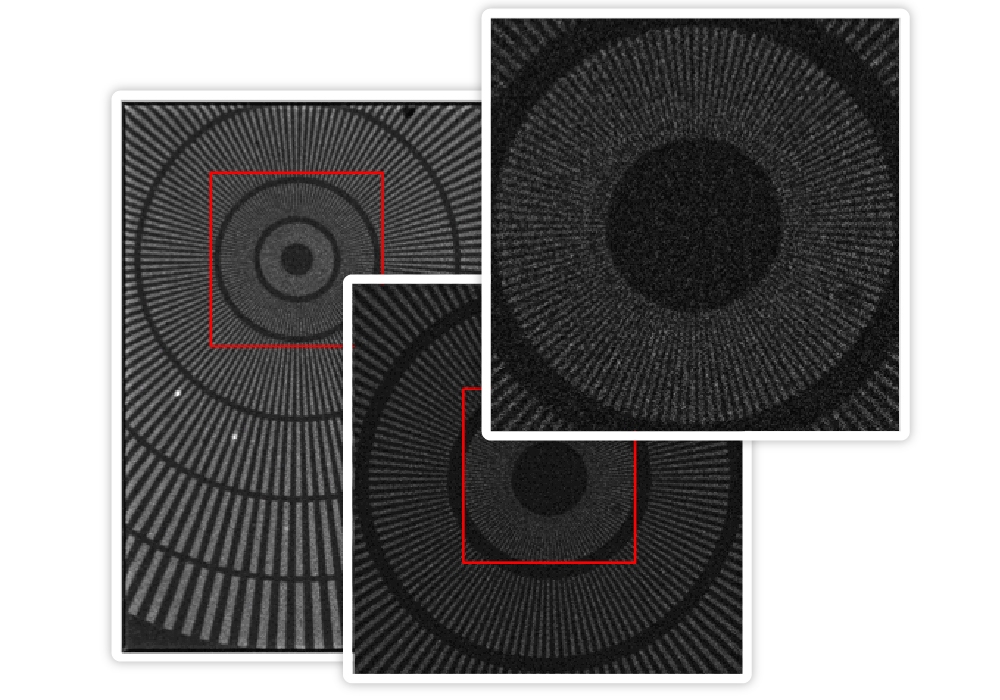RADRON: LOST RADIOACTIVE SOURCE LOCALIZATION
The RaDron project focuses on localizing ionizing radiation sources with compton camera-equipped autonomous drones. Our detectors working in Compton camera mode show the direction the radiation comes from. That means there is no need to map the entire area slowly and systematically.
The RaDron project aims to detect, identify, and locate radiation sources with potential applications in addressing nuclear plant accidents or preventing terrorist attacks. This project is a collaboration between three world-class Czech teams: ADVACAM with its advanced detectors, the Faculty of Electrical Engineering CTU with its autonomous drones, and the Czech Metrology Institute.
The researchers have tested several strategies for autonomous localization of the static and moving source of radiation. According to the experiments, a relatively weak Cesium-137 source can be localized within 1-2 minutes in an aere of 1000 m2. In contrast with existing technology, our compact sensors can provide directions to find the radiation source, not only detect its presence in a location. That makes the search process much faster.
Once the Compton camera detects sufficient data, a 3D hypothesis of the radiation source’s position is calculated. The drone then flies directly towards it, constantly using incoming data to refine its position. This approach significantly expedites the localization of radionuclide sources or radiation hotspots.
The presented concept can be used within many rescue operations, such as:
- accident of a car carrying radioactive material
- fire in the radiological department of a hospital
- nuclear accidents
- searching for a stolen or lost radiation source.
Our drone is equipped with ADVACAM’s MiniPIX TPX3 detector, featuring a 2mm-thick CdTe sensor that operates in a specialized “Compton camera” mode. The data collected by the detector help determine the direction of the radiation, enabling the drone to navigate toward the radiation source. The control system for autonomous drones, known as the “MRS UAV System,” is being developed at CTU in Prague.
CRYSTALLOGRAPHY
X-ray crystallography is used to study the sample’s detailed atomic or molecular structure at synchrotrons. High frame rate AdvaPIX QUAD is specially designed for combined Wide Angle X-ray Scattering (WAXS) and Small Angle X-ray Scattering (SAXS). The open space in the center of the camera allows the X-ray beam to pass through the camera, eliminating the need to use a beam stop in front of the camera.
HIGH-RESOLUTION NEUTRON IMAGING
Achieve precise thermal neutron imaging with the AdvaPIX’s ultra-high resolution.
AdvaPIX camera with a detector coated by a thin film of LiF can achieve ultra-high spatial resolution for thermal neutron imaging. It offers a sigma of point-spread-function spatial resolution of up to 2.5 µm. The camera’s field of view is 14×14 mm, giving a maximum resolution of 6.5 Mpx.
The camera has a silicon sensor with a neutron conversion layer of 6LiF. Thermal neutrons are captured by 6Li, which produces alpha particles and tritons. These heavily charged particles are then detected in the silicon sensor. The ultra-high spatial resolution is achieved by processing individual neutron hits while considering charge collection in the sensor. All this advanced processing is implemented in the camera software, which is simple to use.

